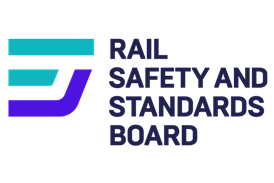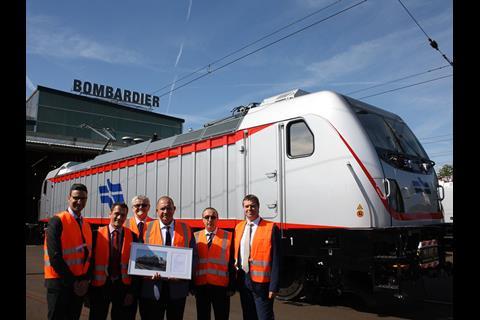ISRAEL: An ambitious strategy to double the size of the national rail network by 2040 and develop links to neighbouring countries was set out by Israel Railways at a presentation in Tel Aviv in June 8.
The proposals would see the network expand from the 1 232 km which is it is expected to reach in 2020 to a total of 2 572 km in 2040. The number of stations would increase from 68 to 120, while the number of trainsets would more than triple from 139 to 511.
The main projects envisaged are:
- the Menashe Line between Hadera East and Afula, which would follow the completion of the East Line between Kfar Sava and Hadera East;
- Lod station bypass;
- expanding Ben Gurion Airport station;
- Tel-Aviv - Haifa quadrupling;
- quadrupling the Ayalon corridor in Tel-Aviv;
- building a 20 km twin-track tunnel between Rishpon north of Hertsliyya and Tel-Aviv HaHagana, to provide a total of six tracks on the cross-city core;
- Lod - Be'er-Sheva quadrupling;
- quadrupling Ashkelon - Pleshet Junction.
The extra tracks would provide an increase in capacity to support a hierarchy of passenger services, with suburban and inter-city services running at 160 km/h and fast inter-city services at 250 km/h.
It is envisaged that the projects would increase ridership from the 59·5 million predicted for 2017 and 81·2 million in 2020 to 306 million in 2040. Rail's share of the overall public transport market would grow from 3% in 2020 to 8% in 2040, with its share of the market for travel between the cities of Haifa, Tel-Aviv, Jerusalem and Be'er-Sheva growing from 31% to 47% and its share of the market for travel of more than 50 km increasing from 10% to 40%.
The number of daily freight trains would grow from 104 to 224 and traffic from 53 000 to 143 000 tonnes/day; the number of terminals would increase from 19 to 32.
Transport Minister Israel Katz said the country's railways, roads and ports were undergoing a 'transportation revolution'. He said the government was also interested in developing rail links with neighbouring countries, which could 'only contribute to the peace and stability of the region'.
Proposed links would run to Lebanon, to Jordan via the Sheikh Hussein crossing and at Aqaba, to Jenin in the north and Hebron in the south of the West Bank, and from Ashkelon to the Gaza Strip. A link to Egypt through the Sinai Desert would use the former railway alignment.
'While in the past, government policy was anti-rail and consequently the railways were short of money, nowadays the government is pushing us ahead and Minister Katz wants more and more tracks', said ISR General Manager Shahar Ayalon. Adding that the railway is 'open to all the latest innovations', he pointed out that Israeli companies were now exporting equipment developed with IS
| Israel Railways strategic plan costs, billion shekels | |
|---|---|
| Tracks, stations, terminals | 94·8 |
| Depots and stabling | 9·6 |
| Rolling stock | 19·3 |
| Total | 123·7 |























